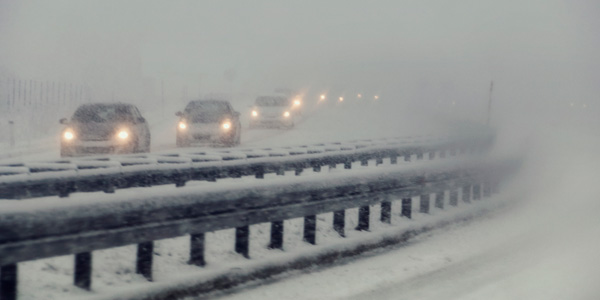
Even for the most seasoned drivers, navigating snow- or ice-covered roads during extreme winter weather can be difficult when their vehicles are in tip-top shape. It’s downright dangerous if their cooling system isn’t up to the task.
Most drivers in colder climates are somewhat familiar with the basics of winterizing their vehicles: checking and changing wiper blades; changing over to snow tires (and checking tire pressure); testing the battery; and putting a snow brush in the vehicle. But they often overlook their cooling system.
Cars that ran all summer on water or with minor coolant leaks are likely to leave their owners stranded when the weather turns bad. Talk to your customers now about taking some simple steps to keep their coolant systems trouble-free this winter. Remind them that it’s a lot easier to do this work before the snow flies.
- Any vehicle that’s running with just water in its cooling system needs to be switched over to a water/antifreeze mixture ASAP. Pure water will freeze, expand and damage the cooling system. (This also is a good time to talk to your customers about the damage running pure water in the cooling system can do.)
- Check the coolant level and test coolant to see if it needs to be replaced. If it’s time for fresh coolant, recommend an easy-to-use flush to clean out the system. Recommend a product that doesn’t contain acid (which requires neutralizing) and that works in any vehicle with copper, aluminum or plastic radiators.
- Check for leaks and seal them. Even the smallest engine-coolant leak will expand over time, so helping customers take action before winter hits could save them hundreds of dollars in repair bills. There are solutions for minor leaks, seepage or just as a preventative measure. For larger leaks, evaluate the leak’s location and severity to determine the best product.
Bar’s Products provided this article. To learn about the company’s stop-leak products, visit the Bar’s Products website.







